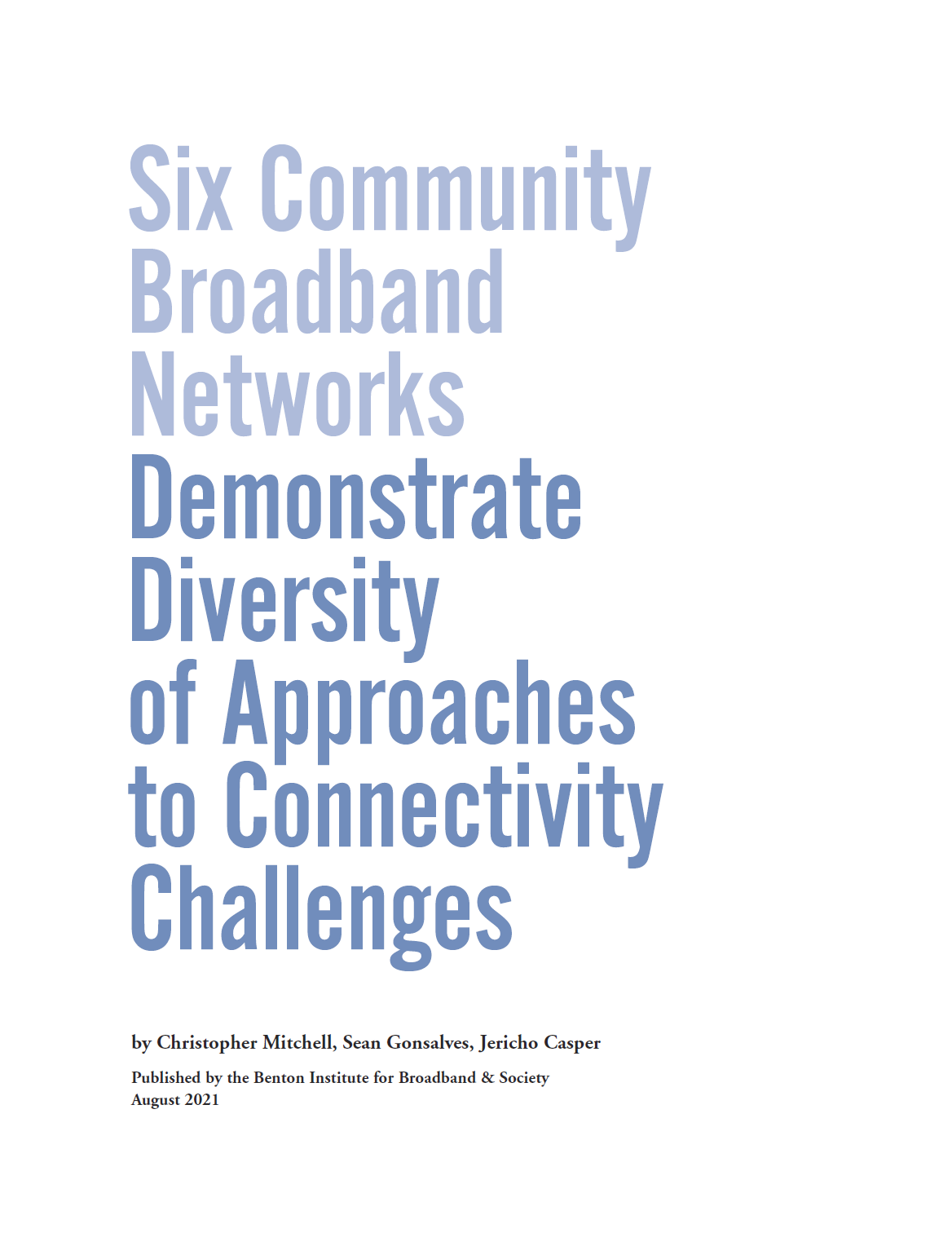Sean Gonsalves
Illinois, New York Poised to Fumble Federal Broadband Funds
The big monopoly incumbent providers are aiming their lobbying efforts to influence state lawmakers as states funnel federal funds into state broadband grant programs. In January 2022, Illinois State Senator Patrick Joyce (D-IL) introduced legislation in the Illinois General Assembly known as the Illinois Broadband Deployment, Equity, Access, and Affordability Act of 2022 (SB 3683).
How American Rescue Plan Broadband Funds Stack Up in the States
With American Rescue Plan funds flowing into state government coffers, about a third of the nation’s 50 states have announced what portion of their Rescue Plan dollars are being devoted to expanding access to high-speed Internet connectivity. As expected, each state is taking its own approach. California is making a gigantic investment in middle-mile infrastructure and support for local Internet solutions while Maryland is making one of the biggest investments in municipal broadband of any other state in the nation.
Springfield Explores Municipal Broadband
Springfield (MA) took its first step to explore whether it will become the first of New England’s five biggest cities to build a municipal fiber-to-the-home network. City officials are in the process of issuing a Request for Proposals to conduct a feasibility study to explore if Springfield will control its digital future by meeting “the growing demand for reliable and affor
Two South Carolina Cooperatives Bring Broadband to Blue Ridge
Two utility cooperatives in South Carolina – one electric, the other a telephone co-op – have teamed up and are now cooperating to bring fiber-to-the-home Internet service to members living in Anderson, Greenville, Oconee, Pickens, and Spartanburg counties. The Blue Ridge Electric Cooperative (BREC) partnered with WCFIBER, a subsidiary of the West Carolina Telephone Cooperative.
Six Community Broadband Networks
One might think this is the moment for community broadband networks. The truth is, locally-directed networks have been serving their communities for a long, long time. In discussing his administration’s plans for broadband, President Joe Biden noted that municipal and cooperative networks should be favored because these providers face less pressure to turn profits and are more committed to serving entire communities.
One might think this is the moment for community broadband networks. The truth is, locally-directed networks have been serving their communities for a long, long time.


The Problem(s) of Broadband in America
A common misunderstanding of exactly where the digital divide is located has led to faulty assumptions about where investments need to be made, as if broadband access is a challenge confined primarily in rural America. The actual shape of the problem is different than many elected officials realize; a lack of fast, reliable, and affordable broadband is also a major problem in urban and suburban America. America’s connectivity crisis—created by uncompetitive market conditions—is actually a three-fold challenge: access, affordability and adoption.
A Promising Model for Expanding Internet Access in Rural Vermont
Internet connectivity in Vermont’s Northeast Kingdom is downright medieval by modern telecommunication standards. With the exception of a handful of homes in more densely populated communities, the only choice for most folks living in the rural environs of the Northeast Kingdom is between DSL and satellite. That’s all changing now thanks to one of the state’s nascent Communication Union Districts (CUD), enabled by a 2015 Vermont law that allows two or more towns to join together as a municipal entity to build communication infrastructure.

President Biden Proposes Government Actually Try to Create Broadband Competition
Most Republicans and many Democrats have framed broadband much like Ronald Reagan would: Get government out of the way, remove regulations, and let too-big-to-fail incumbent providers bridge the digital divide. A favorite target is public rights-of-way—every street plus about ten feet of land on each side where utility poles or underground utility lines are located, and where internet service providers attach or bury lines and equipment that transmit internet data.
Outside Gettysburg, a Battle for Better Broadband
In the borough of New Oxford (PA), ten miles east of the county seat (Gettysburg), the non-profit media group Community Media of South Central Pennsylvania is leading the charge to bring Fiber-to-the-Home (FTTH) victory for the approximately 102,000 residents spread out across the rural county’s 520 square miles. But with restrictive state laws that protect incumbent providers from competition by not allowing municipalities to provide broadband service, and scarce funding for non-governmental entities to build broadband infrastructure, victory is far from certain. About 10 years ago a coun

